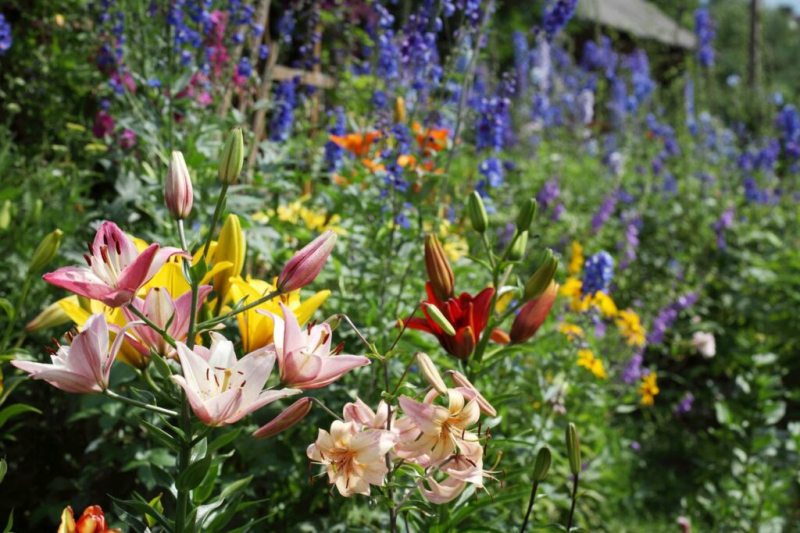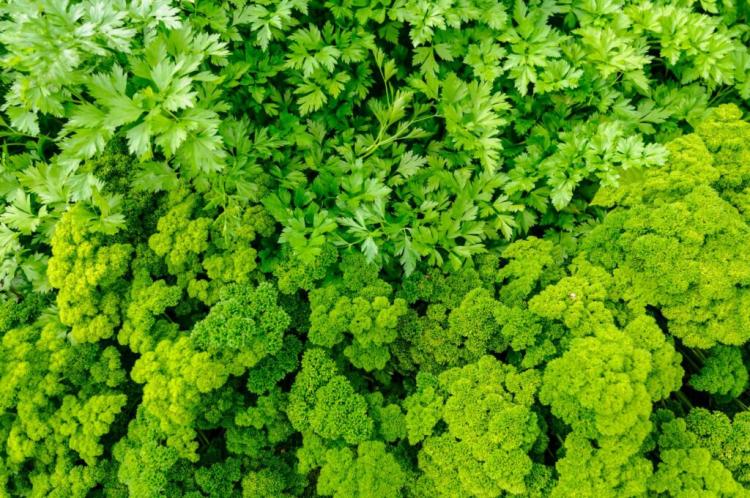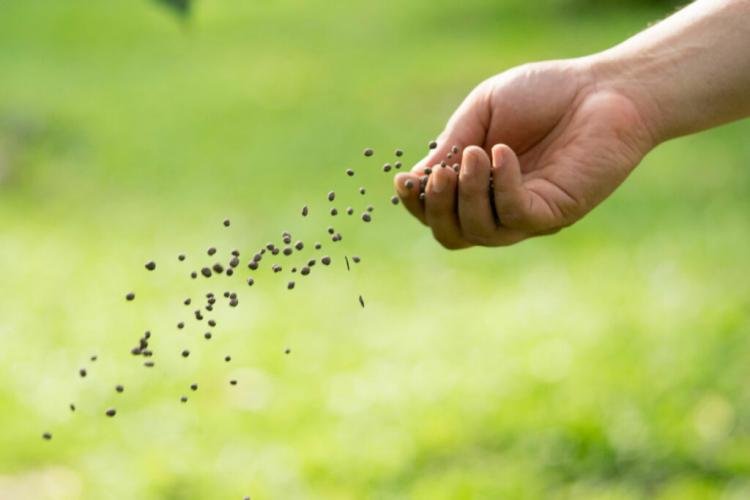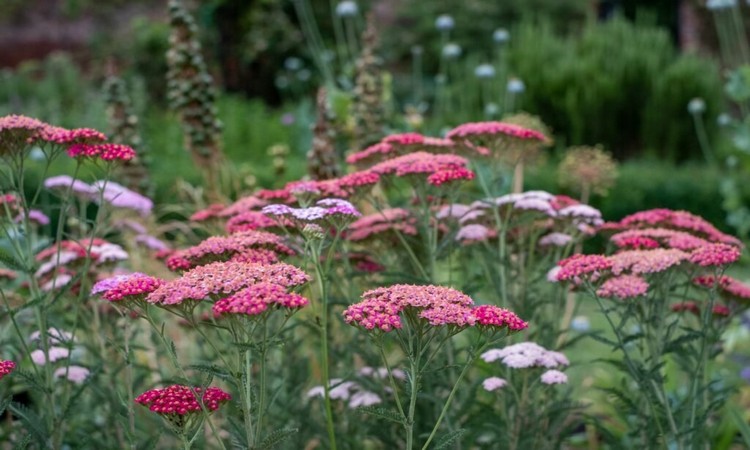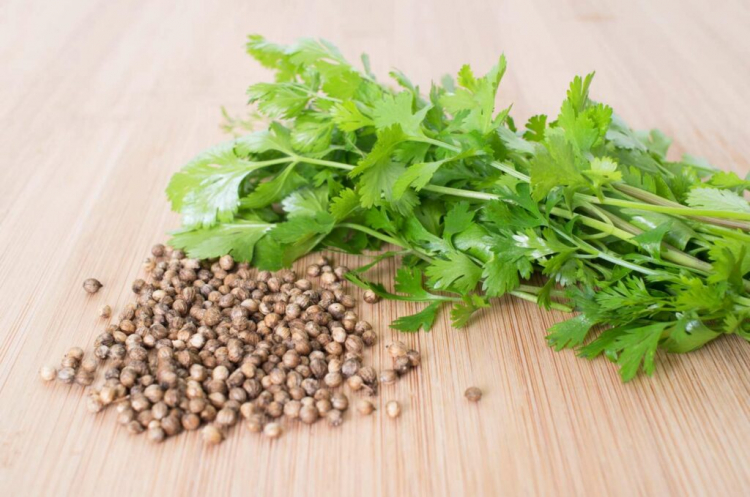Fertilize Perennials: Everything At The Right Time, Procedure And Fertilizer
Correct fertilization is required to ensure that your perennials last for a long time. Here you can find out what to consider when fertilizing perennials.
The kings and queens among the garden plants are probably the perennials. The perennial and easy-care plants with magnificent flowers transform many a garden into a true paradise. Since they draw their energy from underground storage organs such as onions, rhizomes, or tubers, they sprout anew every year. But the supply of nutrients is limited and a considerable amount is required to build up lots of green quickly. We reveal how you can optimally supply your perennials with nutrients.
One should keep this in mind when fertilizing perennials
Table of Contents
Even when creating a perennial bed, you should pay attention to a high proportion of humus in the soil. You can do this by mixing compost soil into the garden soil. Good garden soil naturally has a fairly high humus content, but a good portion of compost can work wonders, especially in sandy soils.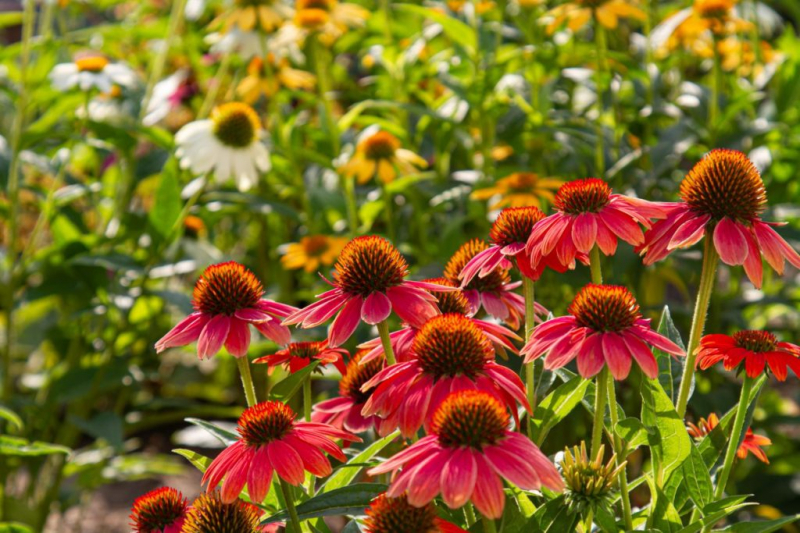
When do you fertilize perennials?
Most of the nutrients perennials need to sprout in spring, during which they have to build up a lot of biomass within a very short time. So in spring, the time has come to fertilize perennials. When the plant is just beginning to sprout, you should provide it with fresh nutrients.
You Might So Like: Gladiolus(Gladioli): Helpful Tips For Planting, Pruning, And Care
Organically fertilize perennials
In order to gradually increase the humus content in the soil over the years, you should prefer to use organic fertilizers. These are broken down by the soil organisms over time and actively promote the build-up of humus. They also help to increase soil fertility. A wide variety of fertilizers can be used. For one, of course, compost and manure are excellent fertilizers. One dose in spring is sufficient for most perennials. You should be careful with fresh manure, as it can easily cause burns to the plant. So it is better to let the manure rot first or put fresh manure in the soil before the plant sprouts.
Simply work a good portion of the chosen fertilizer into the soil around the perennial in spring. Our liquid fertilizers are also ideal for many potted plants or in the case of deficiency symptoms: the liquid fertilization means that the nutrients are absorbed more quickly and there is no need to work them into the substrate. This can save the perennial stress, especially with fine roots in the upper area. 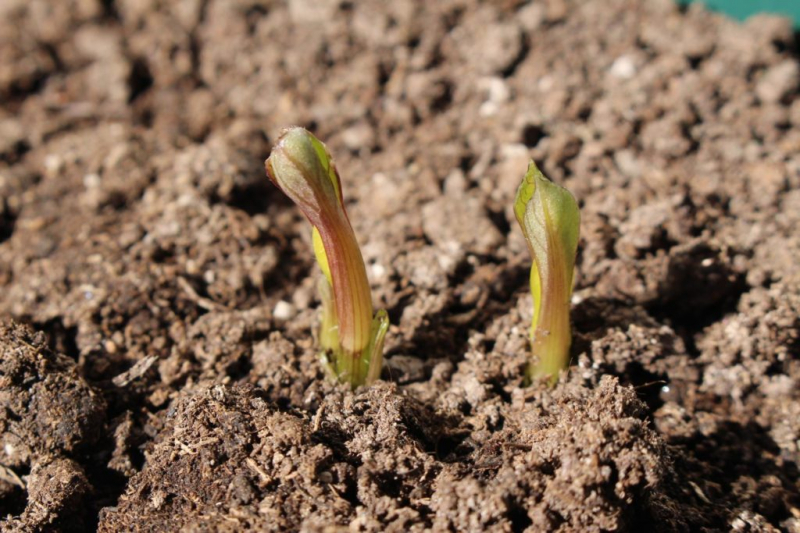
Fertilize strongly consuming perennials
Most perennials are satisfied with the nutrients they can find with their roots in the soil. Fertilization in spring is therefore not mandatory. However, this is often not enough for fast-growing and lush plants such as the phlox ( phlox). You need an extra dose of nutrients in the form of fertilizer. Find out which plants are particularly hungry.
Some perennials can bloom a second time in summer if they have been cut back after the first bloom. However, that needs extra nutrients. You should therefore treat these plants to an additional portion of fertilizer after they have been cut. Here you should rely on the use of fast-acting fertilizers. Liquid organic fertilizers are absorbed more quickly by plants, as are rapidly decomposing organic materials such as manure. 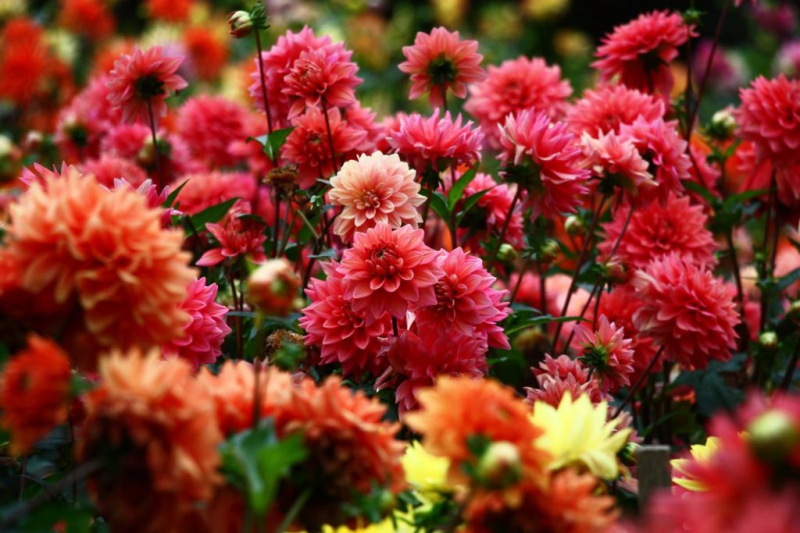
This should be avoided when fertilizing perennials
Basically, you can’t go wrong with fertilizing perennials, there is only one thing you should absolutely avoid: overfertilizing. Many hobby gardeners mean it too well with their plants. It is not uncommon for perennials to suffer more from over-fertilization than from a lack of nutrients. This happens very quickly, especially if you use readily available mineral fertilizers. Most plants don’t need half as much fertilizer as they are given.
Therefore, never exceed the recommended fertilizer recommendations. Manufacturers of fertilizers usually specify dosages that are too high anyway in order to be able to sell more of their fertilizer. This is of no benefit to the plant. On the contrary: Over-fertilization damages the soil, the groundwater, and the plants themselves. Excessive amounts of nitrogen can lead, for example, to rapid growth and unstable shoots, and the susceptibility to disease increases. Therefore, the general rule is: less is more.
If the easy-care type of perennial has convinced you, you will find inspiration here for bee-friendly perennials and hardy perennials in the garden.
